Sunday … the big day!
Enjoy the bidding!
I normally don’t cover the Hospice de Beaune auction, as it is outside my home turf. It is a special charity event, and should be treated as such. The wines are beyond what a regular mortal critic should take on.
The wines are only 2-3 months old, and while they should be treated with the respect that all young wines deserve, they are very new; malolactic fermentation has in most cases not even begun.
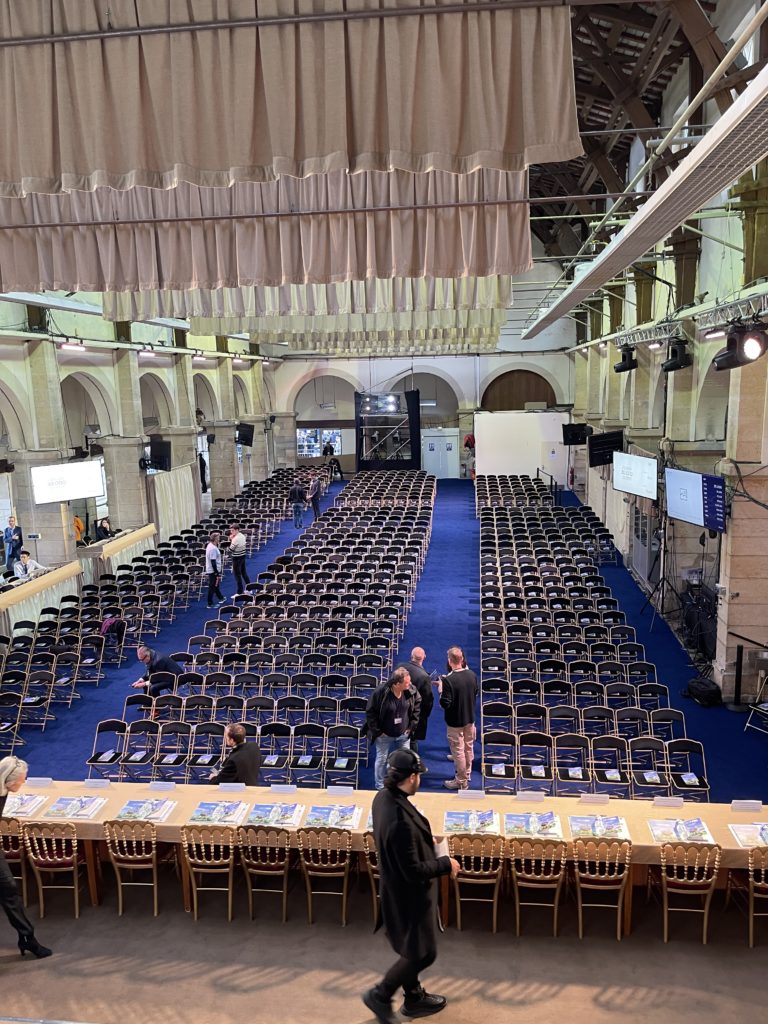
Do I have ideas of which wines are attractive? Yes I do, but I will keep these to myself. I do taste to try to find the best buys for certain individual customers, but to be perfectly frank, this is in the end guesswork to a large degree.
Once you have your Hospice de Beaune barrel
Hospice de Beaune wines are made by the Hospice de Beaune, and regardless of the vigneron chosen to do the elevage, they are still going to be Hospice de Beaune wines.
The vigneron chosen for the elevage can ultimately influence the bouquet and palate by changing the oak profile, the time spent in new oak, and the total time of elevage. These are not inconsequential parameters that can be adjusted. But in the end, the base is always a Hospice wine – as it should be.
So, once you’ve bought your barrel and chosen your vigneron, ask what oak she/he will use for the elevage. The new Hospice de Beaune oak that comes with the wine? Or are there alternatives? Older barrels into which the wine can be transferred for maturation?
Grand crus can usually handle 100% new oak (but should not, in quite many cases, face that challenge), while village wines should very rarely have the task of absorbing new oak for the full elevage (just saying).
That being said, some of the new, very-low-toast barrels, or those with specially dried oak, could perhaps be a good choice for (some of) these wines?!
A good used – one or two wines – barrel is often a good choise … but after the big havest even these can be hard to find.
Impressions from Saturday
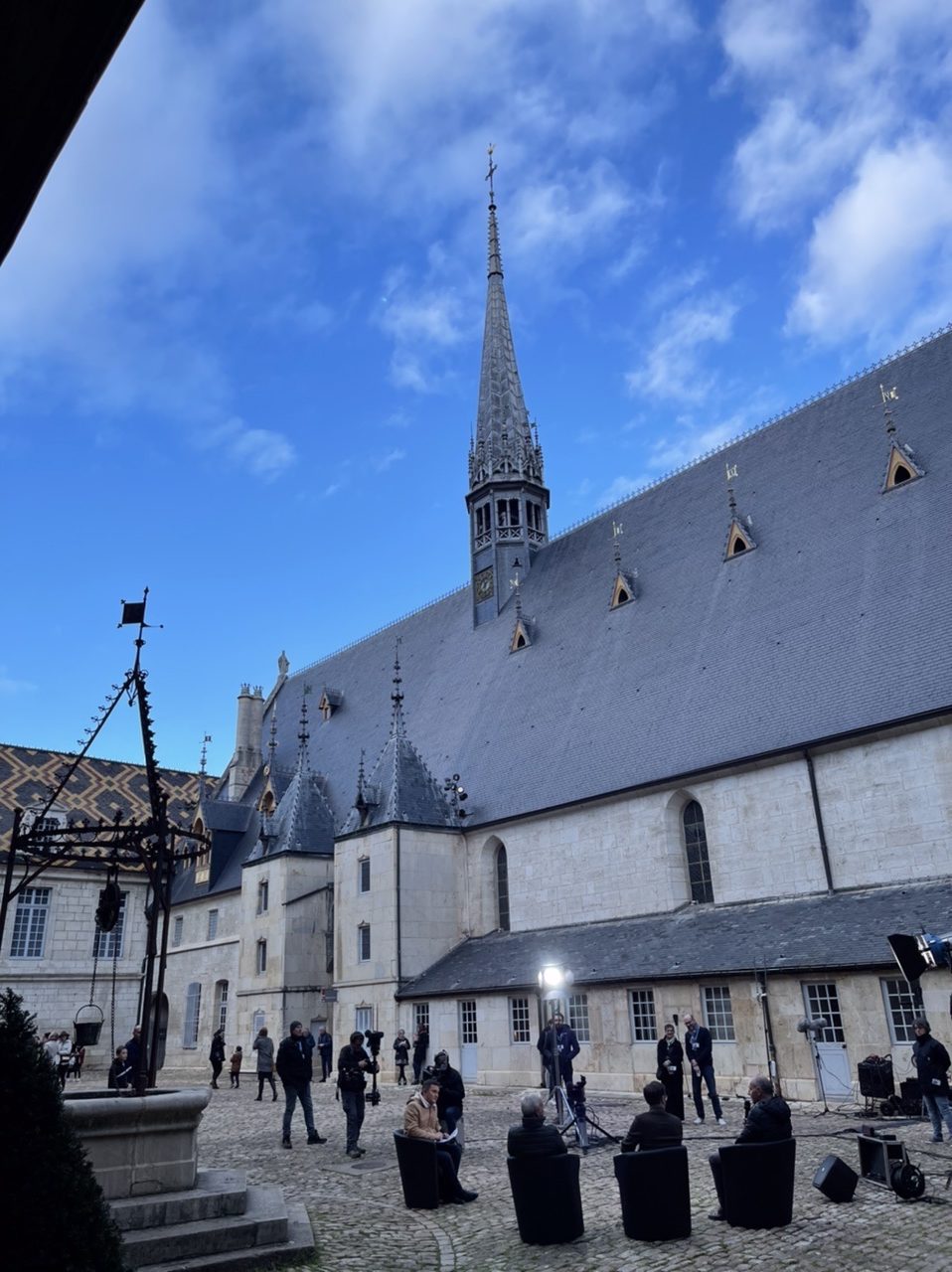
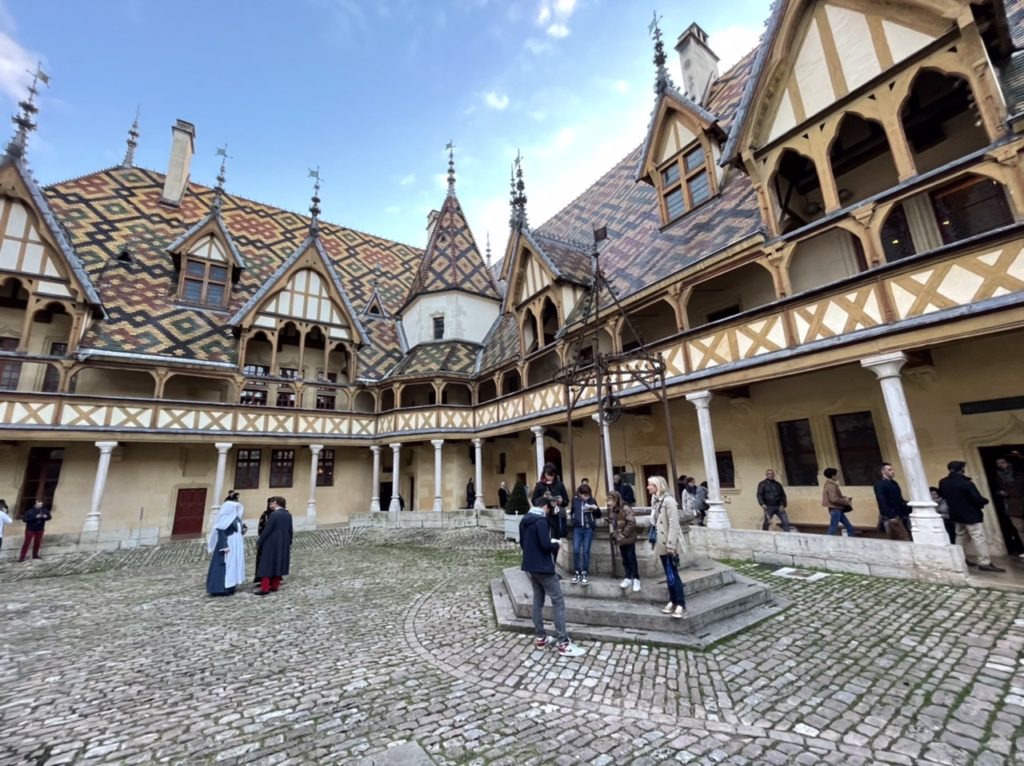
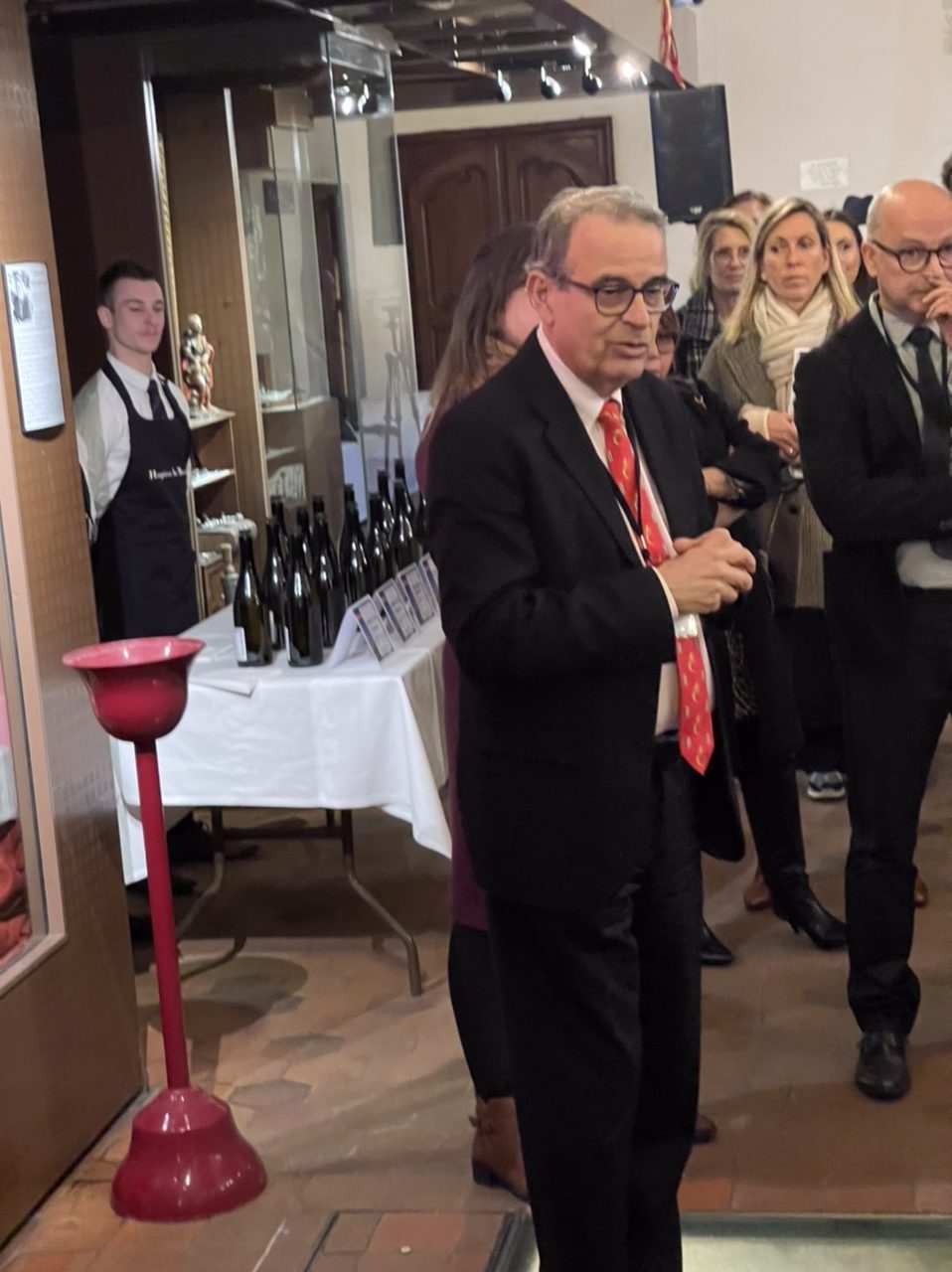
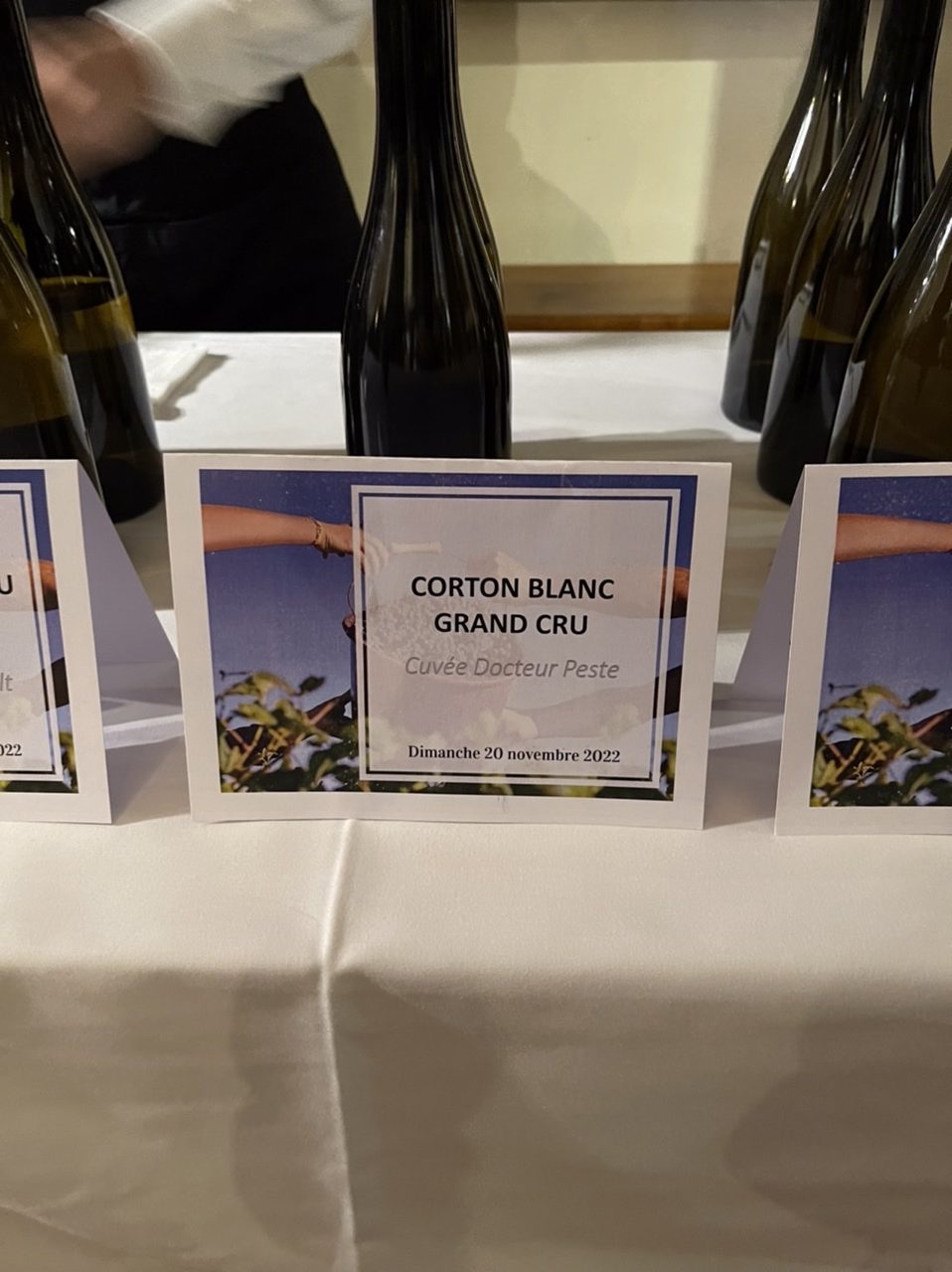
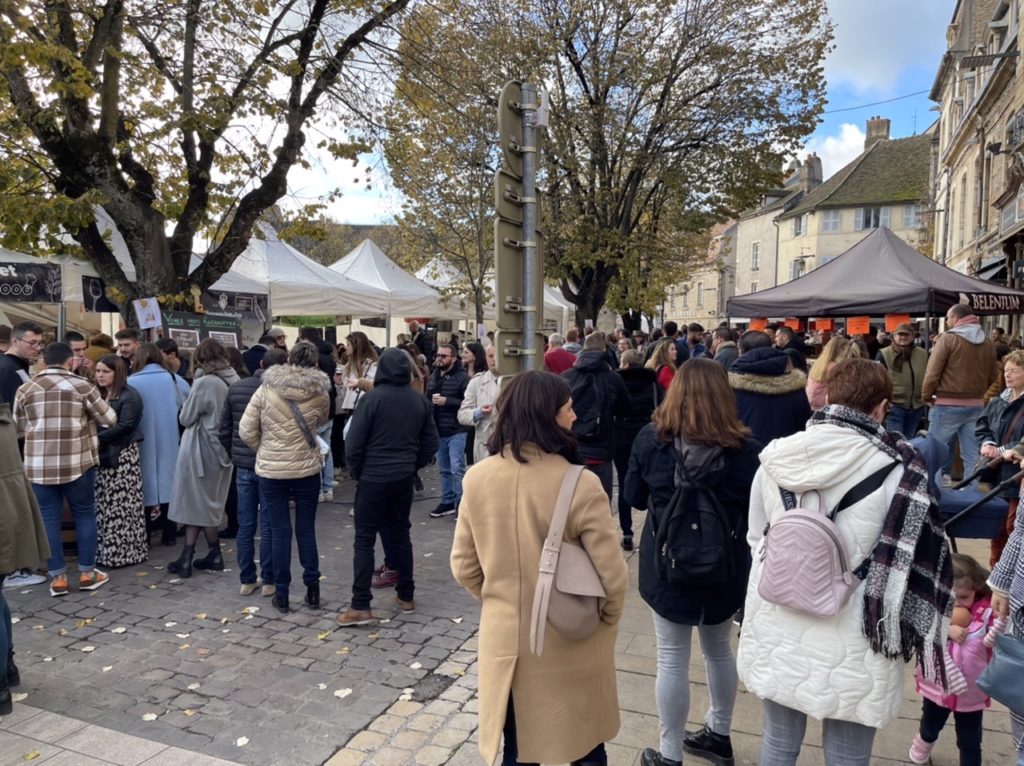

 - A true vin d’émotion – a Burgundy of passion
- A true vin d’émotion – a Burgundy of passion - A truly hedonistic wine – lively and enjoyable
- A truly hedonistic wine – lively and enjoyable - A vivacious wine for pure indulgance
- A vivacious wine for pure indulgance - A potential vin d´émotion - frais et léger
- A potential vin d´émotion - frais et léger
Leave a Reply
You must be logged in to post a comment.